
Cape Gooseberry Tomatillo 100 Seeds Ground Cherry Etsy
Tomatillo Gooseberry; Growth Habitat: Tomatillo plants reach a height of 3 to 4 feet and a width of 3 to 4 feet. These plants can be grown from seeds with ease. Cape gooseberries grow to be 2 to 3 feet in height and 3 to 4 feet broad, with several spreading stems. Fruit:

tomatillos Arnold Zwicky's Blog
Today, tomatillos are used for most of the traditional recipes that had used this berry, but trials have shown it is easy to grow and produces flavorful fruit. Photo by Sam Droege distributed under license Creative Commons Attribution 2.0 Generic. Ashwagandha [Winter Cherry, Poison Gooseberry, Indian ginseng; Withania somnifera]

Cape Gooseberry Tomatillo 100 Seeds Ground Cherry Etsy
Cape gooseberries sprawl widely, with many branching stems, reaching 2 to 3 feet tall and 3 to 4 feet wide. Tomatillo plants grow 3 to 4 feet tall and wide. Both plants are easily grown from seed. Plant seeds in full sun after all danger of frost has passed in well-drained, loamy soil. Don't amend the soil or use fertilizer.
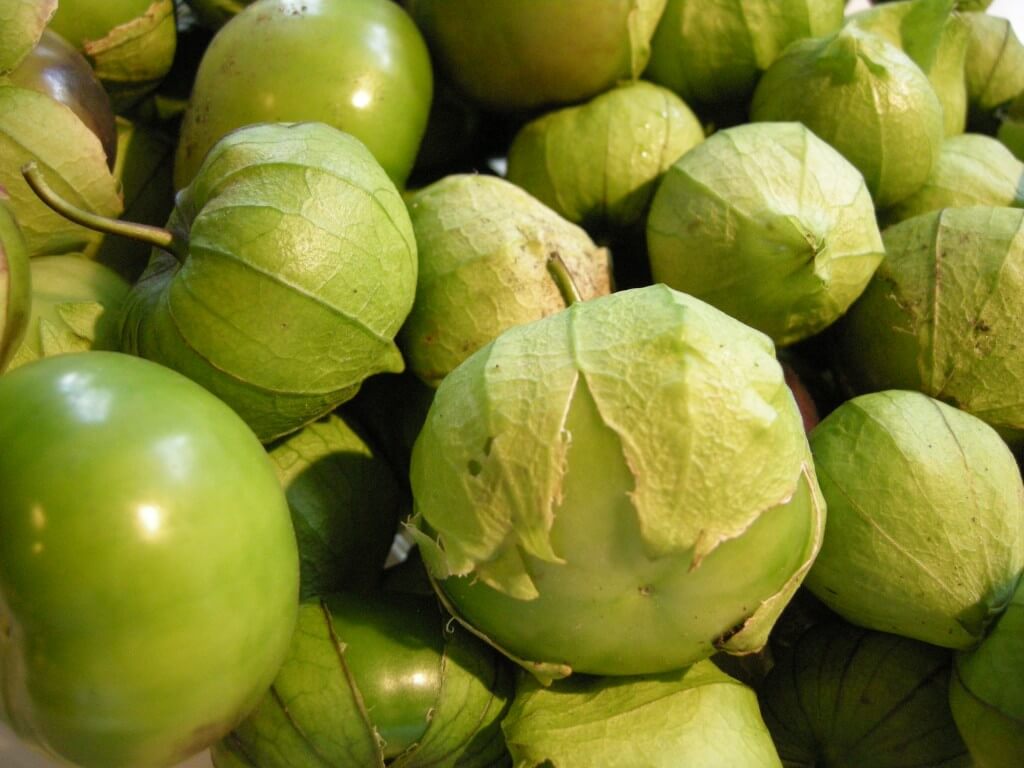
Tomatillo Permablitz Melbourne
The tomatillo ( Physalis philadelphica and Physalis ixocarpa ), also known as the Mexican husk tomato, is a plant of the nightshade family bearing small, spherical, and green or green-purple fruit of the same name. [1] Tomatillos originated in Mexico and were cultivated in the pre-Columbian era. [2] A staple of Mexican cuisine, they are eaten.

Simple Living In Nancy GROWING TOMATILLO OR WILD CAPE GOOSEBERRY PLANT
Tomatillo is a green tomato that belongs to the nightshade family, while Cape gooseberry is a fruit enclosed in a papery husk. Tomatillo is mainly used in Mexican cuisine to make salsa, while Cape gooseberry is commonly used in making jams and desserts. The taste of Tomatillo is tart, slightly sweet, and tangy, whereas Cape gooseberry has a.

Specialty Cropportunities Tomatillo
Cape Gooseberry, Physalis peruviana. The first time I encountered and tasted a cape gooseberry was at the Sonoma garden of Peter and Louise Hassen (a multidisciplinary artist and the founder of Sonoma Apothecary, respectively). Thinking at first that Lousie was handing me a tomatillo, I almost politely said "No, thank you." Luckily I didn't.
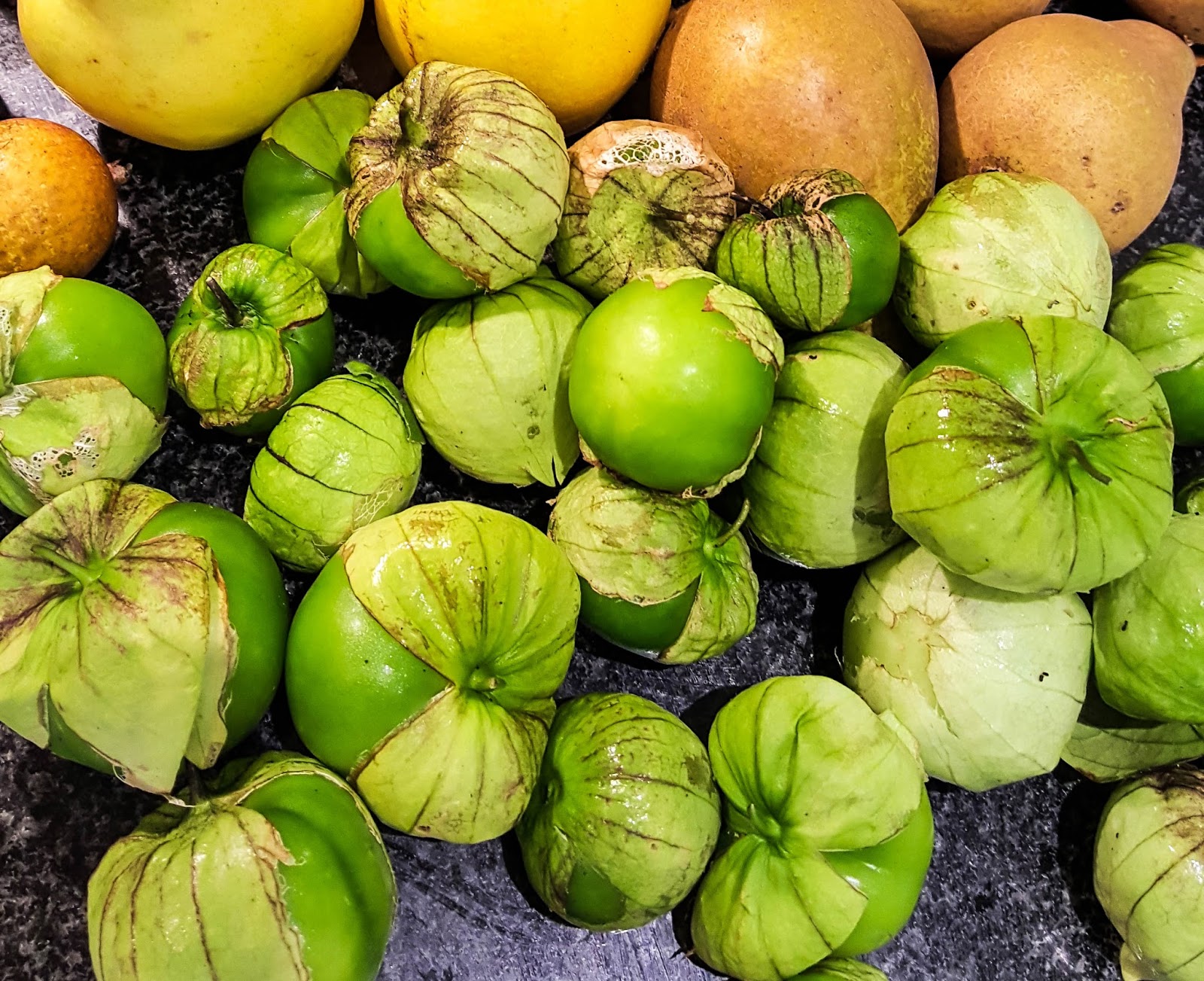
Gourmet Gardening Tomatillo chutney
The golden berry (Physalis peruviana) is a member of the nightshade family of flowering plants. While it's in the same family as the herbal tomatillo, the flavors radically differ. While tomatillos are herbal and savory, the flavors of the golden berry as sweet, tart, and tropical. Golden berries, aka Cape gooseberry, goldenberry, Inca berry.

Pedas dan Manis Tomatillo atau Cape Gooseberry?
Phonetic Spelling fy-SAY-liss This plant has high severity poison characteristics. See below Description. The Physalis or the tomatillo or ground cherry genus is comprised of perennial herbs in the Solanaceae (nightshade) family native to the U.S.A. and South America. They can be found growing as weeds in disturbed areas, forest or thin woodlands, and sandy, open areas.

Free Images fruit, flower, food, produce, vegetable, macro
The tomatillo (Physalis philadelphica and Physalis ixocarpa), also known as the Mexican husk tomato, is a plant of the nightshade family bearing small, spherical and green or green-purple fruit of the same name. Tomatillos originated in Mexico and were cultivated in the pre-Columbian era. Gooseberry ( or (American and northern British) or.
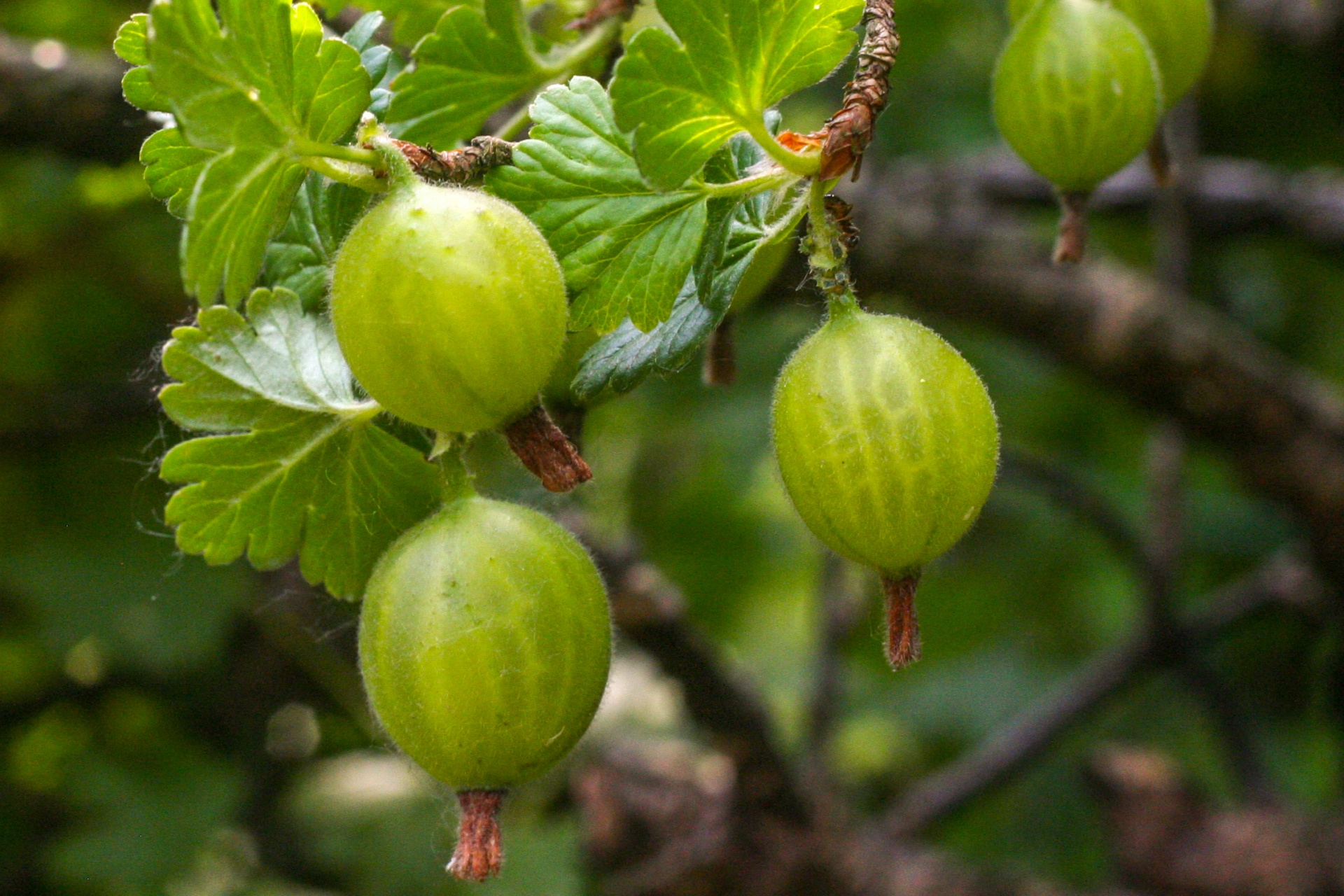
Gooseberry On The Bush In The Garden Free Stock Photo Public Domain
Cape Gooseberry (Physalis Peruviana) Origin The Andean berry (Physalis peruviana) is often only known by the name Physalis - which is not correct, strictly speaking, because it is the generic name that also includes the Tomatillo, the Earth cherry and the bubble cherry. The fruit got its name Andean berry because of its origin - the Andean region in Peru and Chile.
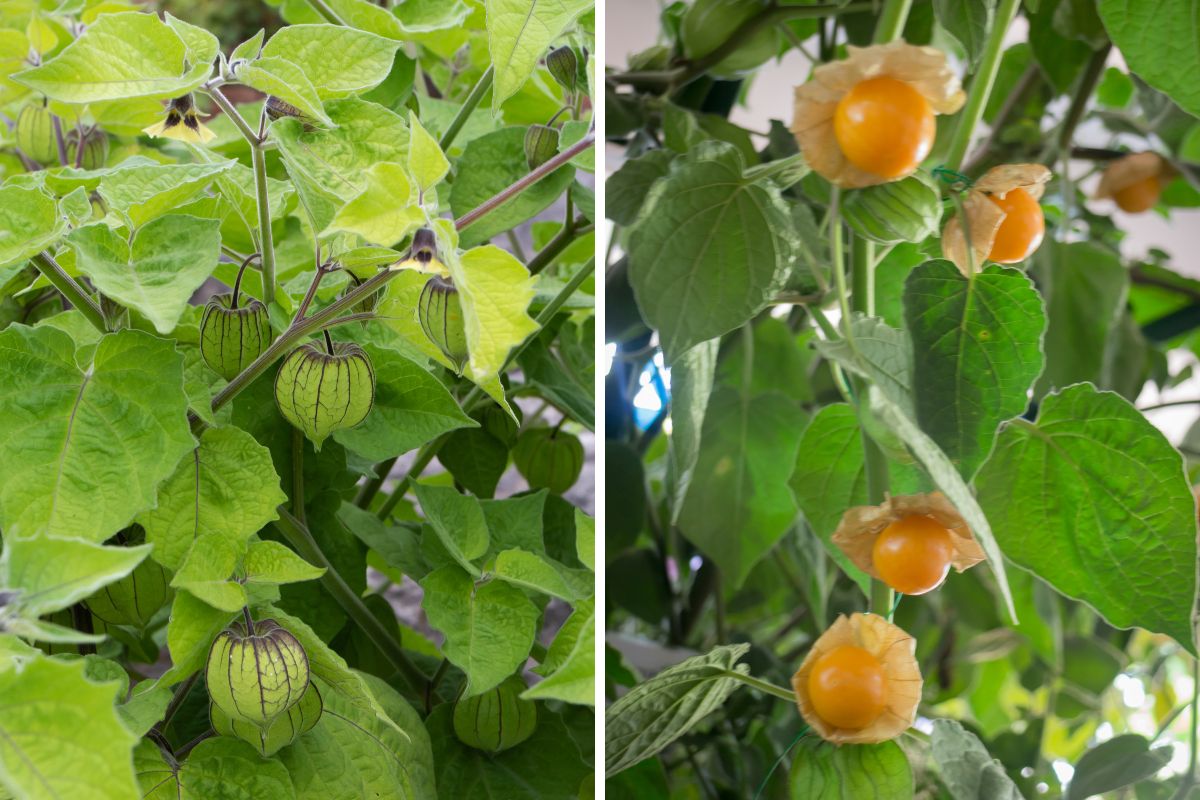
Fabulous Physalis Tomatillo, Cape Gooseberry and Cossack Pineapple
The Goldenberry is related to the tomatillo and the Chinese lantern. It is a member of the plant family called Solanaceae, more commonly called the nightshade family, which also includes tomatoes, potatoes, and eggplants. It is native to South America in places like Peru, Colombia, and Ecuador. Supposedly the history of these wonderful berries.

Physalis peruviana Cape Gooseberry Starter plant FREE SHIP Cape
Physalis peruviana is a species of plant in the nightshade family native to Chile and Peru. Within that region, it is called aguaymanto, uvilla or uchuva, in addition to numerous indigenous and regional names.In English, its common names include Cape gooseberry, goldenberry and Peruvian groundcherry.. The history of P. peruviana cultivation in South America can be traced to the Inca Empire.
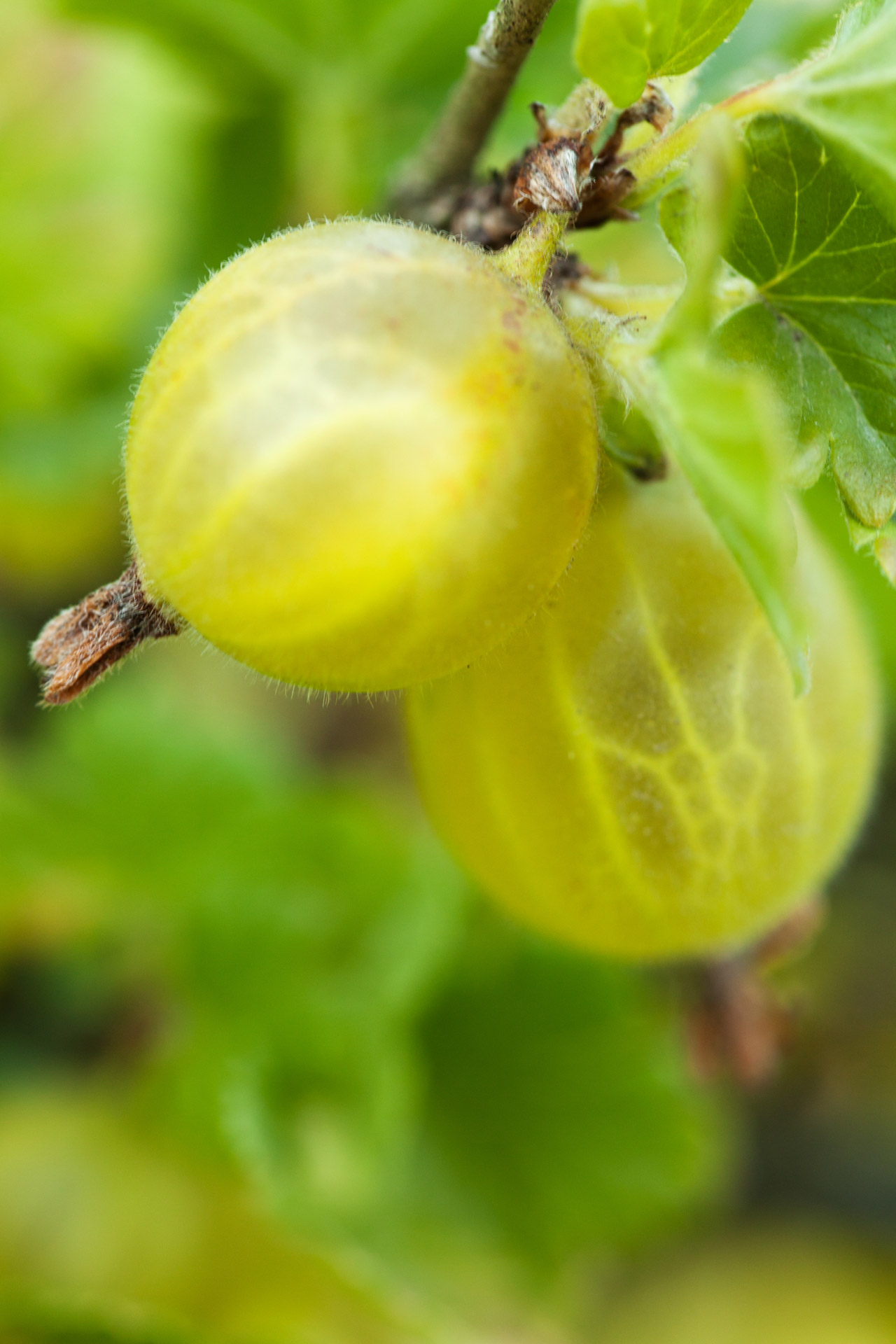
Gooseberries Free Stock Photo Public Domain Pictures
Instructions. Combine the cape gooseberries, juice and zest of one lemon, and sugar in a heavy-bottomed saucepan over medium heat. Bring to a boil, stirring occasionally, and reduce heat to maintain a simmer for 30 to 40 minutes. You can mash the gooseberries toward the end if you want a smoother jam, but I love the textural quality of leaving.

"Late September is also the ripening time for one of my favorite little
Cape gooseberries ( Physalis peruviana) also known as goldenberry, Aztec berry, Inca berry or Peruvian cherry are native to tropical South America and grow to around 1.5m high. While treated as an annual, if planted in a warm sheltered spot, plants can be pruned back by about one third after fruiting to get a head start for the following season.

Cape Gooseberry Tomatillo Seeds Ground Cherry Orange Golden Etsy
What about the ground cherry, aka the cape gooseberry? Tomatillos are larger than ground cherries, but the two share the presence of a papery husk. Ground cherries are typically an orangish-yellow.
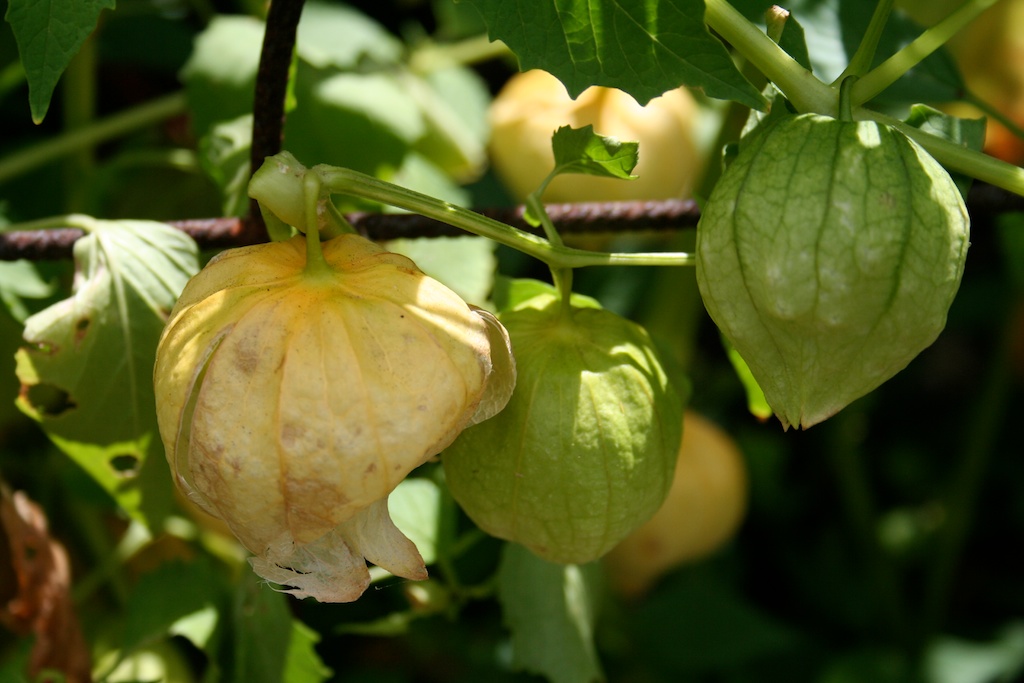
Cape gooseberry, ground cherry and tomatillo by Gail Thomas
Tomatillos are unique because of the thin, papery husk that forms around the fruit to protect it as it ripens. That makes them look like a cape gooseberry (also known as a ground cherry or husk cherry). No matter how ripe they get, a tomatillo will never sweeten like ground cherries or tomatoes, though.